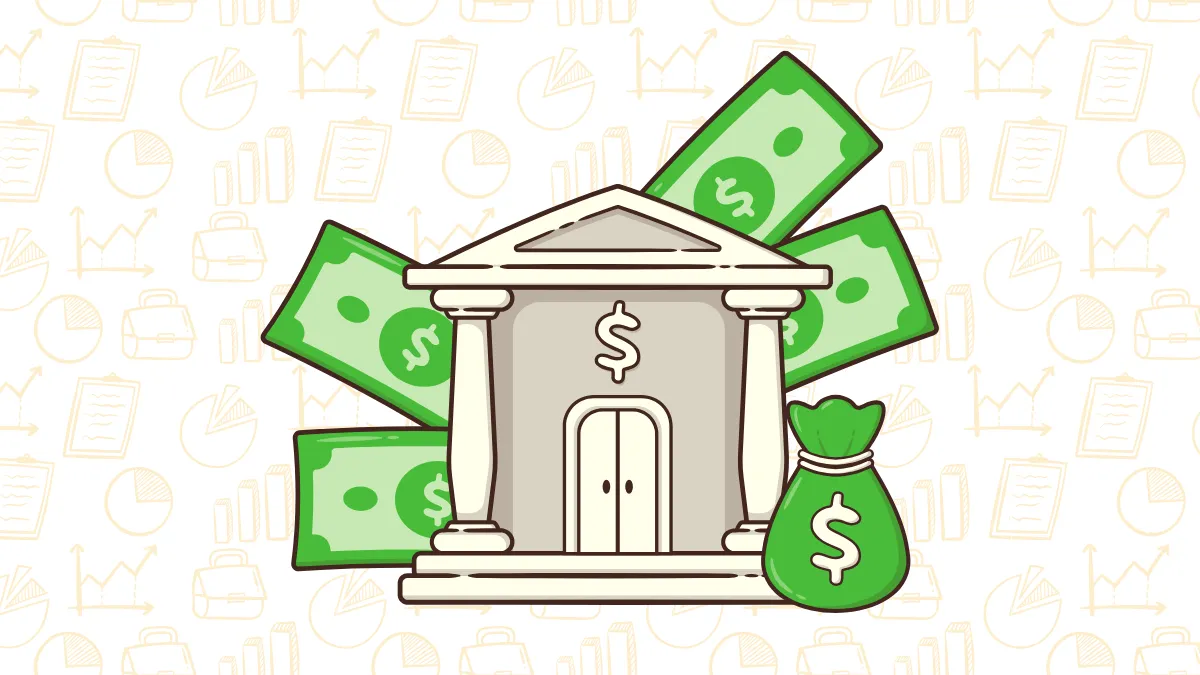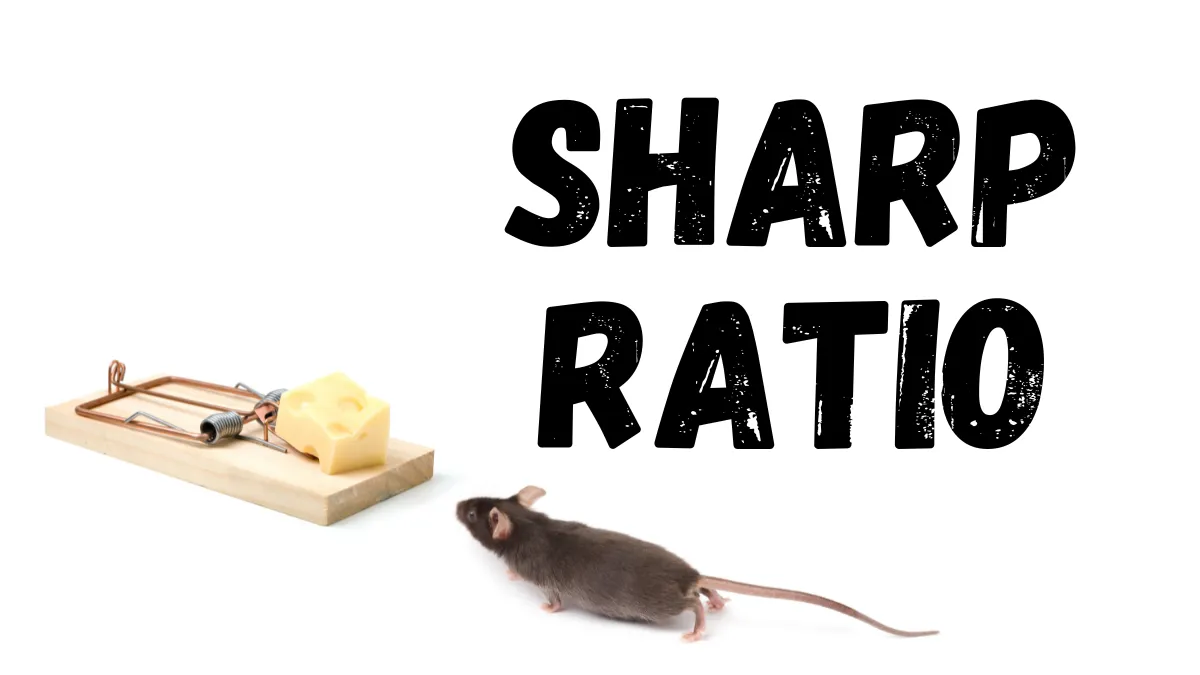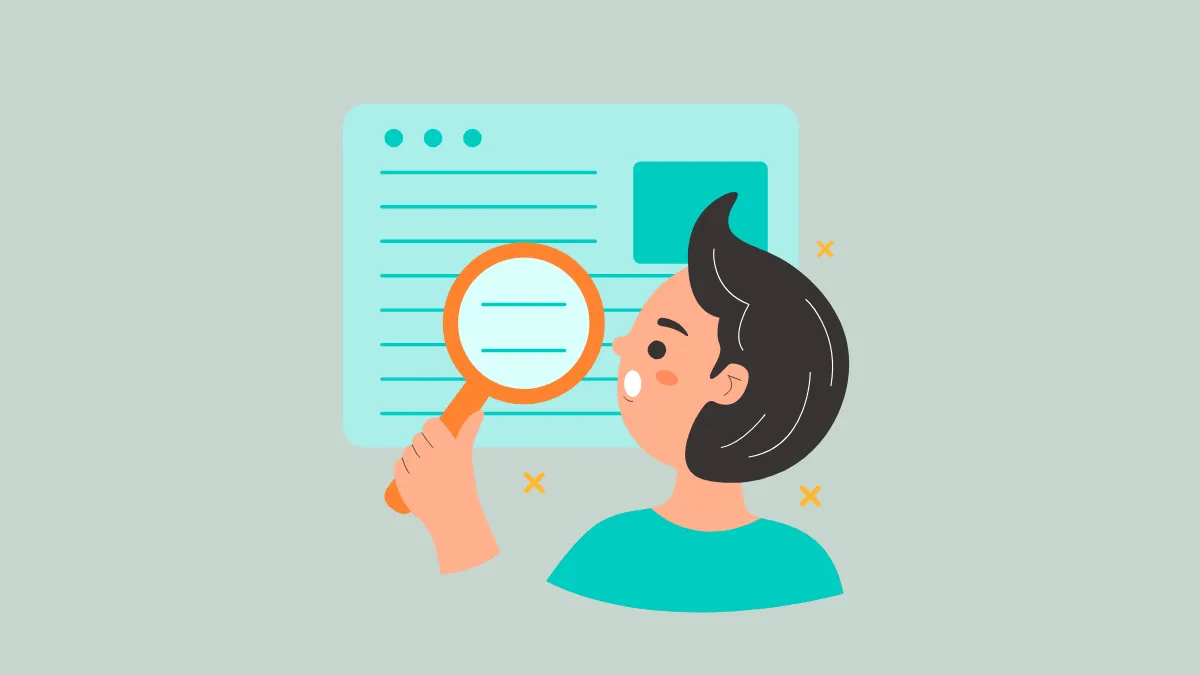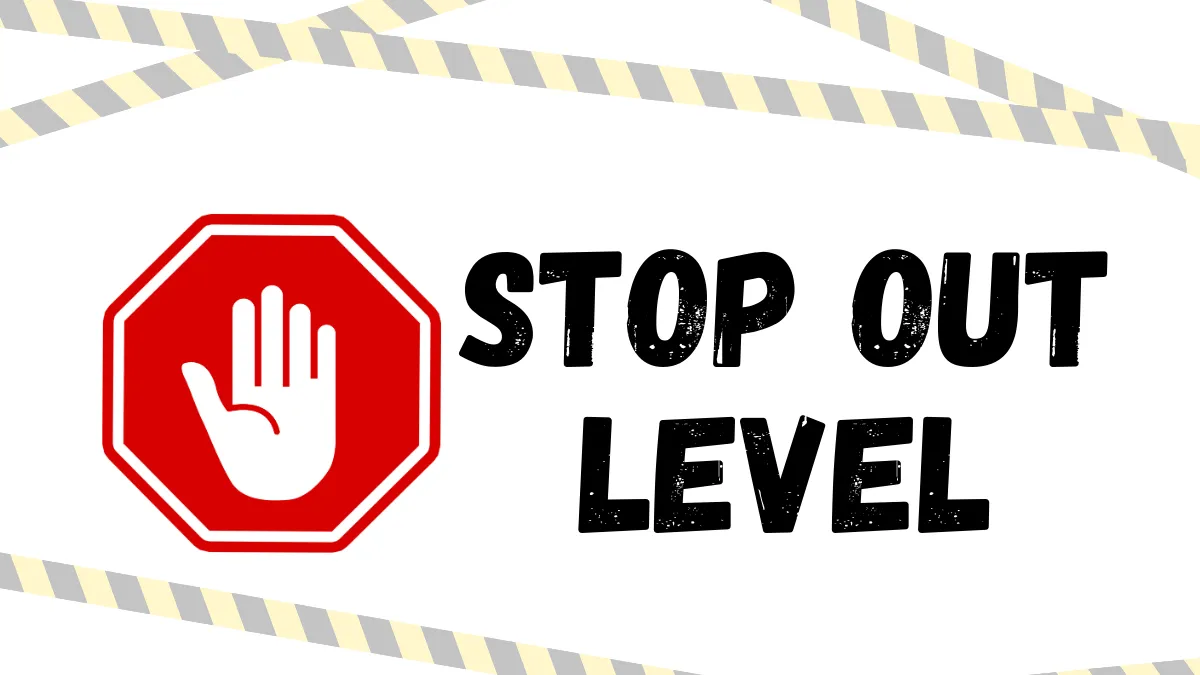What are you actually trading in foreign exchange trading?
Foreign exchange trading is the largest financial market in the world, where traders are actually trading currency pairs. Unlike other markets such as stocks or instruments, the trading instruments in the foreign exchange market are currencies between countries. The following will explain in detail what you are actually trading in the foreign exchange market and the operational principles.1. Currency Pairs
In the foreign exchange market, all trades are conducted in the form of currency pairs. A currency pair consists of two different currencies, such as Euro to US Dollar (EUR/USD) or British Pound to Japanese Yen (GBP/JPY). This means you are simultaneously buying one currency and selling another. In other words, when you trade foreign exchange, you are actually investing in the value of one currency relative to the changes in another currency.For example:
- If you buy EUR/USD, it means you are buying Euros while selling US Dollars.
- If you sell GBP/JPY, it means you are selling British Pounds while buying Japanese Yen.
2. Base Currency and Quote Currency
The two currencies in a currency pair are referred to as the base currency and the quote currency. In a currency pair, the former is the base currency, and the latter is the quote currency. The trader's goal is to predict the value change of the base currency relative to the quote currency based on market exchange rate fluctuations.- Base Currency: The currency you buy or sell.
- Quote Currency: The currency you use to calculate the value of the base currency.
For example, EUR/USD = 1.2000 means 1 Euro (base currency) equals 1.20 US Dollars (quote currency). If you believe the Euro will appreciate, you would buy EUR/USD, and when the value of the Euro rises relative to the US Dollar, you can sell at a higher price, thus making a profit.
3. Speculation in Foreign Exchange Trading
Most trading in the foreign exchange market is speculative trading. This means that traders do not actually need to use these currencies for international trade or travel, but rather earn the price difference by predicting exchange rate changes. When traders predict that a currency will appreciate or depreciate, they will perform corresponding trading operations:- Going Long (Buy): If traders predict that the base currency will appreciate, they will buy the currency pair and wait to sell after the price rises.
- Going Short (Sell): If traders predict that the base currency will depreciate, they will sell the currency pair, hoping to buy back at a lower price after the price drops.
4. Leverage and Margin
A unique feature of foreign exchange trading is the ability to use leverage. Leverage allows traders to control larger trading amounts with less capital. While leverage can amplify potential profits, it also magnifies losses. The use of leverage is based on margin, which is a collateral amount that allows traders to initiate larger trades with only a small portion of capital.For example, if a broker offers 1: 100 leverage, it means you only need to invest 1 dollar to control a position worth 100 dollars. While this provides greater profit potential, it also increases risk.
5. Volatility in the Foreign Exchange Market
Currency prices are influenced by various factors, including economic data (such as GDP, employment data), central bank policies, geopolitical events, and market sentiment. Traders use these factors to analyze and predict market trends, thus engaging in speculative trading.For example, if the Federal Reserve raises interest rates, it may lead to an appreciation of the US Dollar, as investors will shift funds to higher-yielding US Dollar assets. Therefore, traders may buy US Dollar pairs against other currencies (such as EUR/USD), hoping for the US Dollar to appreciate.
6. Calculating Profit and Loss in Trading
Profit and loss in foreign exchange trading are usually calculated in pips. A pip is the smallest unit of price movement for a currency pair, and for most currency pairs, 1 pip typically represents a change in the fourth decimal place (0.0001). For example, when EUR/USD moves from 1.2000 to 1.2001, it is said that the price has risen by 1 pip.A trader's profit and loss are calculated based on the movement of pips. If you buy EUR/USD and the price rises from 1.2000 to 1.2050, it indicates a price increase of 50 pips, and your profit is calculated based on the value of those 50 pips.
Conclusion
In the foreign exchange market, you are actually trading the relative value of currencies from different countries, known as currency pairs. By buying or selling currency pairs, traders can earn profits based on changes in currency exchange rates. The success of currency trading depends on accurate predictions of market volatility, risk management, and the proper use of leverage. Understanding the operation of base and quote currencies, trading strategies, and market driving factors can help traders succeed in this dynamic market.Hi, We are the Mr.Forex Research Team
Trading requires not just the right mindset, but also useful tools and insights.Here, we focus on Global Broker Reviews, Trading System Setup (MT4 / MT5, EA, VPS), and Forex Trading Basics.
We personally teach you to master the "Operating Manual" of financial markets, building a professional trading environment from scratch.
If you want to move from theory to practice:
- Help share this article to let more traders see the truth.
- Read more articles on Broker Tests and Forex Education.





